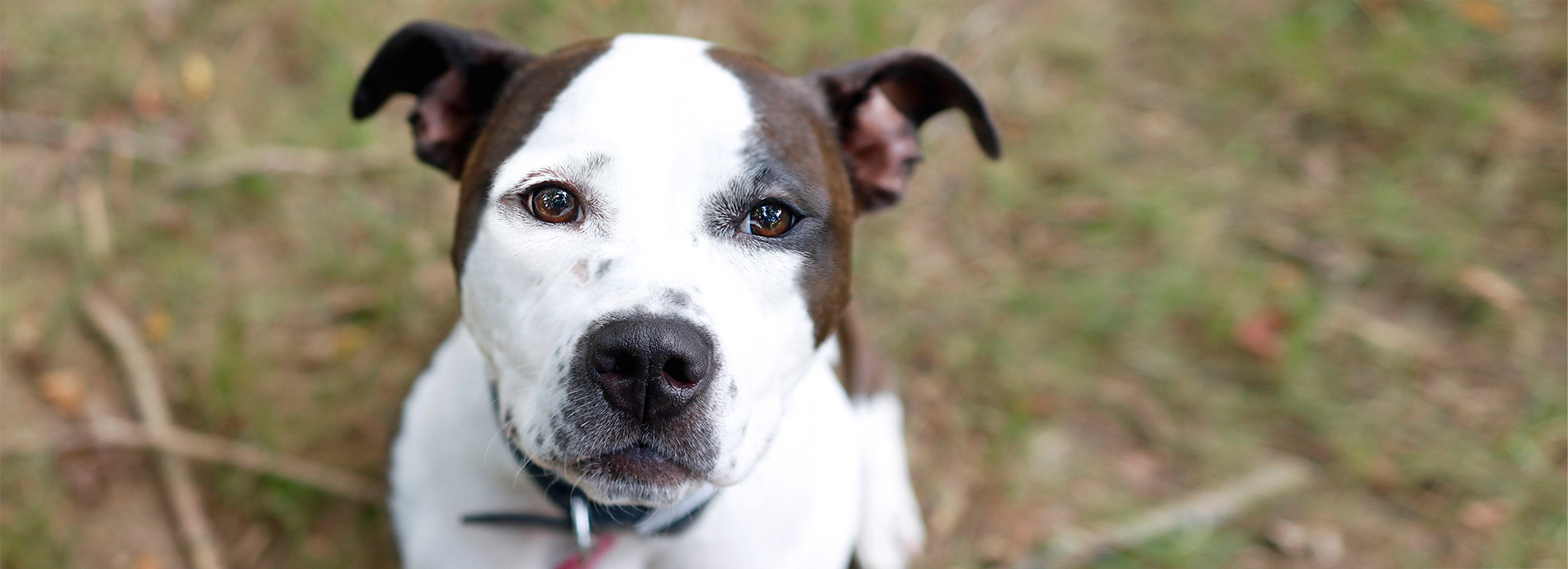What is no kill?
The Atlanta Humane Society is a no-kill organization, but we often have people ask us, “What does that mean, and why aren’t more organizations no-kill?”
What does no-kill mean?
The nationally recognized definition of no-kill is saving the lives of 90% or more of the animals who enter an animal welfare organization’s doors. The Atlanta Humane Society has worked tirelessly to achieve lifesaving efforts beyond this threshold for years, and our current live release rate is 99.7%. At the Atlanta Humane Society, euthanasia is always a last resort, and it is reserved for when an animal has a serious medical or behavioral issue that is not able to be treated or rehabilitated. Any decision for euthanasia is treated with the utmost seriousness and requires extensive review of shelter medicine professionals and behavior experts.
No-kill means more than simply the Atlanta Humane Society is able to save animals. No-kill to us means that our community understands the challenges that animal welfare organizations face in Atlanta and across the Southeast. It also means that our community understands the challenges animal welfare groups, municipal organizations, and shelters who are not yet no-kill face and supports them as well.
We’re proud to be in a community alongside no-kill advocates including LifeLine Animal Project and Best Friends Animal Society. Together, we’re actively working to make our entire Atlanta community no-kill. And we’re proud to work alongside the many county shelters throughout Georgia who are still struggling to become no-kill because of a lack of financial resources, community support, and spay and neuter resources in their community. As a partner to these organizations, we provide assistance to them by transporting animals from their overcrowded shelters to Atlanta where they can find homes.
What actions and programs help make communities no-kill?
Keeping a community no-kill and helping a community become no-kill takes a community. An organization becomes no-kill, and is able to remain no-kill, by having the resources and the capacity to implement lifesaving programs, including:
- Spay and neuter programs so that fewer puppies and kittens are entering shelters
- Active transport programs bringing animals in from areas working towards becoming no-kill and transporting these animals out to areas where there is a lack adoptable animals.
- Active foster programs so that animals with behavior issues that can be rehabilitated or medical issues that are treatable can be cared for and healed.
- Communities who choose adoption when they’re looking to add a pet to their family.
What can I do to help save lives and help a shelter maintain or achieve a no-kill status?
Maintaining or achieving a no-kill status takes a community, so thanks for asking! Our community here in Atlanta is not yet no-kill, and there are many communities throughout the state of Georgia who are also working to become no-kill. To help your local community become or maintain no-kill status, you can volunteer, donate, or foster.
At the Atlanta Humane Society, we have dozens of volunteer opportunities that help us maintain our no-kill status, including opportunities that help other organizations work towards theirs. We also encourage you to support Atlanta’s animals financially through a monthly donation. We’re seeing animals come into our care needing more medical and behavioral needs, and we can only continue to care for them and stay no-kill with your support.
What about animal welfare organizations who are not no-kill?
Unfortunately, these organizations are often labeled “kill shelters” while they work tirelessly to try to save the lives of homeless animals who come through their doors. No-kill is a term used by well-meaning people, but it’s a term that causes some to turn their backs on shelters when they need help the most. Often, it’s placed on organizations who care and who simply don’t have the resources or support they need to become no-kill. No-kill is not just a shelter’s problem and it’s not just an animal welfare problem; it’s a community problem, and the community’s support is needed for shelters to continue to become no-kill. When you see a shelter who is working to become no-kill, support them through sharing their adoptable animals on social media and helping others understand the work they’re doing to save lives.
Does no-kill mean a shelter never euthanizes an animal?
No-kill does not mean a shelter never euthanizes an animal. No-kill shelters save 90% of the animals who come into their care but will humanely euthanize an animal if they have a serious behavior or medical issue.
